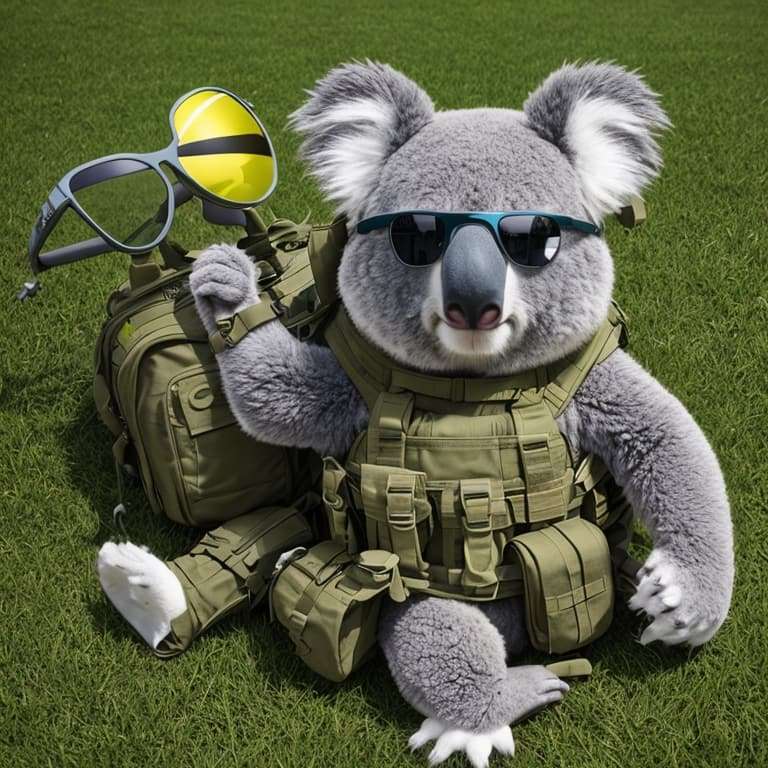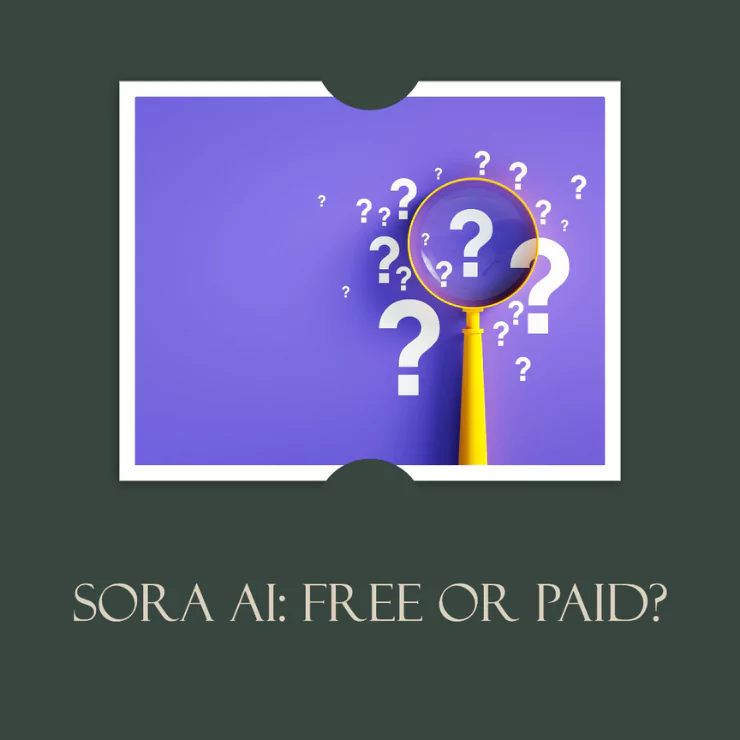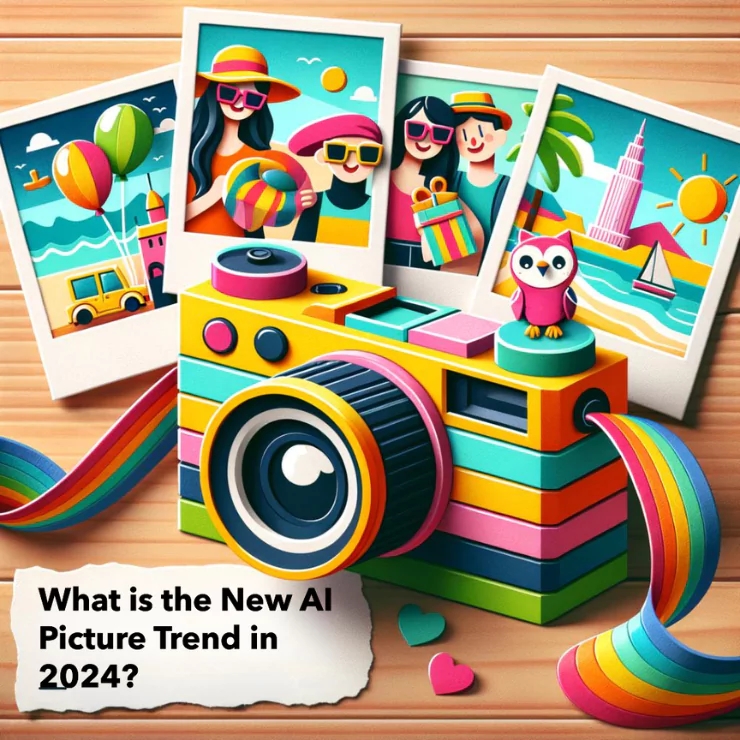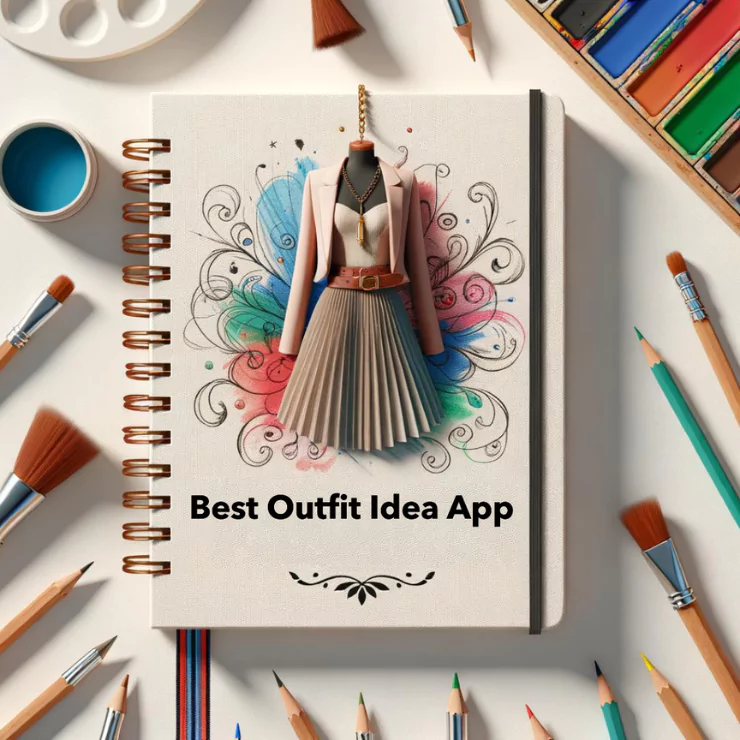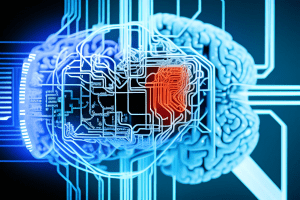
Many exciting AI products are appearing on the market today, and some of them, such as text-to-image generators, are becoming more common in our everyday lives. Ever wondered how they actually work? Let’s find out.
AI text-to-image generators work by taking your written description and creating a picture based on the prompt you provided. Two neural networks work together to compose an image and analyze its compliance with your guidelines until the AI decides the result is accurate enough.
In this article, I’ll take you through everything you need to know about the technologies behind AI text-to-image generators, discuss all the opportunities they offer to users, and recommend some good products for you to try. Let’s get started!
How Fast Are AI Text-to-Image Generators?
There’s no single answer to this question. AI text-to-image generators are a growing trend today, but they’re still a developing technology that is constantly changing. Each product on the market is also different in speed and effectiveness.
Some generators create images in as little as five seconds, while others might require a minute or two to produce a valuable result. The average time is about 10 to 30 seconds.
Whether the product is free or requires a paid subscription is also important. Free AI text-to-image generators usually take longer to create pictures, while the ones that charge you for their services will only take a few seconds. To sum up, you get what you pay for.
How Does AI Generate Images?
Let’s talk more about how this mysterious technology works. If you’ve never tried using AI text-to-image generators or are generally curious to know how they function, read on to get all the answers.
The idea is to have software that can analyze text and produce a picture based on a language description. Today, the generators can also switch styles, creating anything from a realistic photograph to an oil painting to an anime character.
If you’re entirely unfamiliar with the technology, here’s a fun way to get introduced to it. Watch this video of AI-generated illustrations of the Queen’s Bohemian Rhapsody lyrics:
In case you’re curious: yes, YouTube has much more of that stored for your entertainment.
Such videos create a strong impression and make one wonder how that is even possible. Creating illustrations, photos, and paintings from scratch based on a line of text is indeed a step toward the future.
While it seems to be advanced technology, it’s not hard to understand how it works. As mentioned, two networks are involved in the process: one that has to understand and complete the assignment (the Generator) and the other that has to rate the result and determine whether it looks realistic enough for human use (the Discriminator).
These neural networks work in tandem to produce the most accurate possible result. The Generator is trained to analyze the text, retrieve the concepts, and recreate them. At the same time, the Discriminator learns to detect real (human-created) photos and illustrations and differentiate them from the AI-created fakes.
When you enter the input prompt, the Generator creates an image and shows it to the Discriminator. The latter compares it to the “real” images and decides whether the result is close enough. If the Discriminator rejects the Generator’s image, the cycle is repeated.
Simply put, each time the Generator’s artwork is rejected, it gets penalized and tries harder. On the other hand, when it manages to fool the Discriminator, the latter gets punished. This is how the AI trains and gets better at creating realistic images.
The mechanism I just described is called GANs, or Generative Adversarial Networks. It incorporates the primary functionality of text-to-image generators that turn a line of text into a unique image.
However, there’s another feature of these generators not many know about. Instead of typing a description, you can upload an image and let an AI edit it. For instance, you can get a photo of your dog turned into a painting or a fantasy illustration.
Here, the AI alters a provided image instead of creating one from scratch, so this is a simpler technology. You can get an original altered picture from the one you already have quickly and with the help of an AI.
What AI Text-to-Image Generators Are Available?
If I got you interested in trying this technology out, let me introduce you to a few examples of AI text-to-image generators that could give you useful results and genuinely impress your imagination.
IMGCREATOR
Zmo.ai’s image creator is a highly practical tool you can not only try out of curiosity but actually use for your needs and purposes. It incorporates broad functionality and offers it to users for free, with some extra bonuses available with an inexpensive subscription plan.
The tool allows you to choose between image styles and turns your language description into a picture like other options on the list. Apart from artistic works, you can also create realistic photos to use.
The generator also has a feature to edit pictures with text and the aforementioned tool that lets you upload an image o your own and make adjustments to it. Most of their features are free to use, and while it may take a little longer to get the results, this is still a highly accessible product I recommend trying out.
DALL-E
The first thing that comes to mind when we talk about text-to-image generators will be the same for any person who is at least briefly familiar with this technology. DALL-E, or, more specifically, DALL-E 2 today, is a groundbreaking product that has impressed millions worldwide.
It has only recently become available to the general public. Before that, only a limited number of people had access to this highly trained and outstandingly creative tool that keeps surprising us with its abilities. Today, however, anyone can try and create a picture for themselves with the help of DALL-E 2.
What makes it so superior to other tools available for the same purpose? Well, its main advantage is huge investments and involvement with big names like Elon Musk and Microsoft. Needless to say, such strong support allowed Open AI, the creator of DALL-E, to go above and beyond in developing their product.
I’ll discuss the examples of DALL-E’s groundbreaking artwork later on to give you some understanding of why this tool is so ahead of its competitors. But if you like, you can try it for yourself for a really small fee: only $0.02 per image in the highest resolution.
Considering the service wasn’t available for everyone only recently, it’s a great opportunity for those interested in testing AI art out.
Midjourney
Another famous alternative is Midjourney. While DALL-E is more famous for its artistic creations, Midjourney is best at fantasy and steampunk styles. Their mission is to expand on human thinking and imagination, going beyond what we, as people, find possible.
Like DALL-E, Midjourney was available for a limited group of people, and one could join the creation process only if they had an invite. Today, however, the platform is open for new creators, and the tool learns more and more about image creation, producing increasingly impressive results.
Midjourney is an independent team, and their product is currently in beta. Still, you can freely try it out, contribute to the development of AI, create art, and express your imagination, even if you have yet to gain skills to paint or draw digitally.
The Potential of AI Text-to-Image Generators
With everything we’ve learned about text-to-image generators, it’s still unclear what they can be used for in the grand scheme of things.
Yes, they do bring a lot of entertainment and can impress you with how far the AI technology has come, but how practical can these tools be, and what benefits do they have for humanity? Let us now discuss the possibilities of AI image generators in more detail.
1. Creating Original Images for Use
The primary practical use of text-to-image generators is quickly getting exactly the image you want and using it without worrying about copyrights.
For instance, imagine you have a personal blog devoted to something you’re passionate about. Let’s say you write about dinosaurs and want to add relevant images to your posts. Yet there are no photos of dinosaurs available, and you are not skilled enough at drawing to create your own pictures.
What can you do? You can type in a prompt for an AI generator and tell it what kind of image you want to get, like the last day of dinosaurs on Earth. The tool will create a couple of options for you, unique and in compliance with your instructions.
2. Expanding on Our Understanding of Art
In a more global sense, AI generators can impact our thinking and alter our understanding of art. It’s hard to tell now how far the technology might go, but it has the potential to greatly impact the development of art.
AI generators such as DALL-E already produce beautiful artworks that are hard to distinguish from human creations. Some look genuinely impressive and could easily be examples of AI art.
Alternatively, you may have heard about DALL-E introducing a new way of using the tool: expanding on famous paintings of humanity’s greatest artists. Da Vinci’s “Mona Lisa,” van Gogh’s “The Night Café,” Munch’s “The Scream,” and other well-known artwork have already received AI-generated additions.
It still needs to be determined where these experiments will lead and how we will incorporate these new creations into our social and cultural lives. Still, they offer a new territory for exploration.
3. Making It Easier To Get Very Specific Shots
Do you want to create a meme with a little ginger kitten standing on top of a tortoise and wearing a baseball cap? If you do, for whatever reason, need a particular photo like this one and are not the most skilled Photoshop user, an AI generator will get you the shot you need in a matter of seconds.
Or maybe you want a pretty picture of the mountains, a sunrise on a beautiful deserted island, or any other kind of photo that isn’t easy to get. The generator will create exactly what you want, and the result can be used freely.
The Controversy around AI Text-to-Image Generators
With everything AI text-to-image generators can do, one can’t help but raise concerns about how the technology could be potentially abused and manipulated to bring even more problems to our society rather than, as Open AI suggested, ‘benefit humanity.’
While it’s natural to admire the growth of this new technology and encourage its development to push the boundaries of digital progress even further, it’s also essential to discuss the potential dangers we should try and avoid as AI becomes more and more widely used.
Copyrights and Ethics
The first concern concerns the ownership of artworks created by AI and the ethics of using them. A precedent occurred when the Colorado state fair was won by an artwork created with the help of the aforementioned Midjourney, and passionate discussions began.
Can AI-generated artwork be considered art? Is it appropriate to participate in a competition with an artwork created not by yourself but by an AI? Can copyrights apply to AI works?
These questions are yet to be answered. While we navigate the controversy around them, some statements are already being made. For instance, Getty Images claimed they refuse to accept AI-generated pictures because of copyright concerns.
Fakes and Misinformation
With each input a tool receives and each successful result it delivers, AI gets better at creating realistic images. The biggest concern regarding this fast development is how such images can be used to spread fakes and misinformation.
While some measures are being introduced, like the prohibition of using actual faces of politicians and other famous people, there are many opportunities for abusing the tools to create fakes. In the world we live today, such dangers should never be overlooked.
Conclusion
AI text-to-image generators use two neural networks to create images based on text prompts and judge how realistic they look to get a satisfying result. Such tools open up many opportunities, allowing us to create images in seconds and explore the world of AI art. However, they also spark concerns regarding the spread of fakes and copyright violations.
Sources
- Quartz: The best examples of DALL-E 2’s strange, beautiful AI art
- WeAreBrain: AI Image Generators: The Future of Creative Content?
- Towards Data Science: The Emerging World Of AI-Generated Images
- V7: AI-Generated Art: From Text to Images & Beyond [Examples]
- Smithsonian: Art Made With Artificial Intelligence Wins at State Fair
- World Economic Forum: Artificial intelligence image generators bring delight – and concern
- CNET: Dall-E Opens Its AI Art Creation Tool to Everyone
- Art-Net: We Asked DALL-E to Imagine What’s Just Beyond the Frame of 10 World-Famous Works of Art. Here’s What the A.I. Saw

